Mise en Place is Critical to Good Cooking at Home
Getting your mise en place (MEEZ ahn plahs) or (mi zɑ̃ ˈplas) game on point will seriously change how you cook — for the better. If you’re wondering what that fancy French phrase means, it’s just chef talk for “everything in its place.” Think of it as the ultimate kitchen warm-up before the cooking chaos kicks in.
When you line up your ingredients, chop your veggies, and get your spices ready before firing up the stove, you’re basically saving yourself from last-minute panic and the “Where’s that garlic?!” dance. Trust me, scrambling to find things mid-recipe is way less fun than it sounds.
Plus, mise en place helps you catch those sneaky missing ingredients early — like when you realize halfway through that you forgot the salt. It keeps your kitchen organized, your cooking smooth, and your stress levels low (because nobody needs extra drama while sautéing).
In this post, I’ll show you how to set up your kitchen like a pro, share tips to make mise en place second nature, and maybe even convince you that prepping is actually kind of fun. Ready to cook smarter, not harder? Let’s do this!
What Many Home Cooks Do
Many home cooks skip mise en place and dive straight into cooking — and that’s where the trouble begins. Without prepping ingredients first, it’s easy to lose track of what’s been added or missed.
You might find yourself chopping onions while the oil smokes in the pan or frantically searching for that missing spice just as the sauce starts to boil over.
Cooking without mise en place often leads to overcooked proteins, underseasoned dishes, and a cluttered, chaotic kitchen. It’s hard to focus on technique when racing to catch up with your recipe. Even simple meals can feel stressful and rushed without proper prep.
By contrast, when you take a few minutes to set everything up ahead of time, you stay in control, cook more efficiently, and actually enjoy the process. Skipping mise en place might seem like a shortcut, but in reality, it just creates more work!
Examples of Mis En Place
Example | Why It’s Important | Problems That Can Occur If Skipped |
| Chopping all vegetables before stir-frying | Ensures quick, even cooking | Overcooked or unevenly cooked veggies while trying to prep on the fly |
| Bringing butter to room temperature before baking | Ensures proper texture | Dense, flat baked goods due to cold butter |
| Cracking eggs into a bowl before adding to batter | Prevents shell fragments and mistakes | Shell bits in the mix or accidentally using a bad egg |
| Measuring spices before starting curry | Guarantees balanced flavors | Forgetting a spice or adding too much or too little |
| Organizing all tools before cooking | Streamlines workflow | Wasting time searching for utensils mid-recipe, causing food to burn or dry out |
| Portioning pasta and prepping sauce ingredients | Keeps timing on track | Overcooked pasta while scrambling to make the sauce |
| Pre-measuring broth or liquids for risotto | Maintains consistent cooking | Running out of liquid or adding too much too late, affecting texture |
| Prepping and marinating meat before grilling | Enhances flavor and texture | Rushed seasoning and uneven cooking |
| Reading through the full recipe first | Helps plan and prep properly | Getting halfway in and realizing you need hours for marinating or chilling |
| Setting out baking ingredients, pre-measured | Promotes accuracy | Missing steps or incorrect measurements ruining the bake |
| Toasting nuts or spices ahead of time | Builds depth of flavor | Rushed or uneven toasting, or worse — burned additions at the last minute |
| Washing and drying greens for a salad | Keeps texture crisp and fresh | Wet, soggy salad or realizing too late that the greens need cleaning |
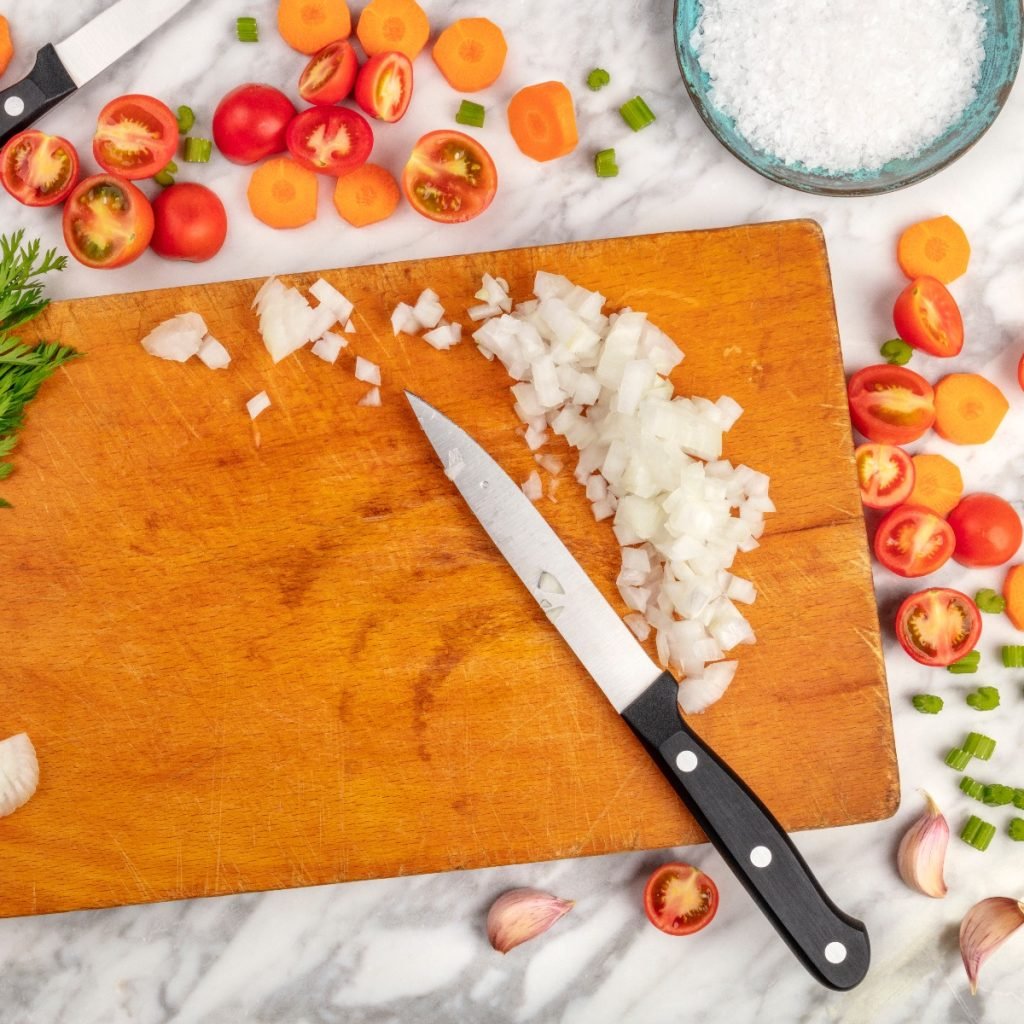
Before You Start
Before you start prepping ingredients, stop and check that you actually have everything you need. That’s the ultimate mise en place!
I’m pretty sure the great French chefs didn’t picture this when they coined the term — but how many times have you started a recipe only to discover you’re missing one or two key ingredients?
Next thing you know, you’re jumping in the car or texting a neighbor, begging for a splash of Port wine for your Beef Tenderloin with Port reduction. Yep, I’ve been there.
This is where my wife and I differ. She’s way more organized. She spots a great recipe in one of my cooking magazines, writes an ingredient list, heads to the store, and comes home fully prepared. Then she preps everything before cooking. That’s how it’s done!
Me? I used to wing it — thinking I could just find a substitute. Trust me, that rarely works. Unless you’re a pro, you’ll just create more stress.
Next time you meet a chef, ask them how much time they spend on mise en place. You might be surprised!
Watching the Pros
If you ever dine in a restaurant with an open kitchen with a counter you can sit at and watch the chefs do their work, give it a go. These types of restaurants are especially significant if you are dining alone.
Just before I left Park City and moved to Philadelphia, I had dinner alone at one of my favorite local restaurants, Sage Grill, which has an open kitchen and observation counter. It is a great way to watch the professionals do their thing, and when it gets jam-packed, there’s more action than a roller derby.
What amazes me is how they can get out so many appetizers, salads, entrees, & desserts with relative ease. Sure, they have a crew of three or four but think about how much work goes into cooking a gourmet dinner for six in your own home. These guys are putting out hundred-plus dinners per night.
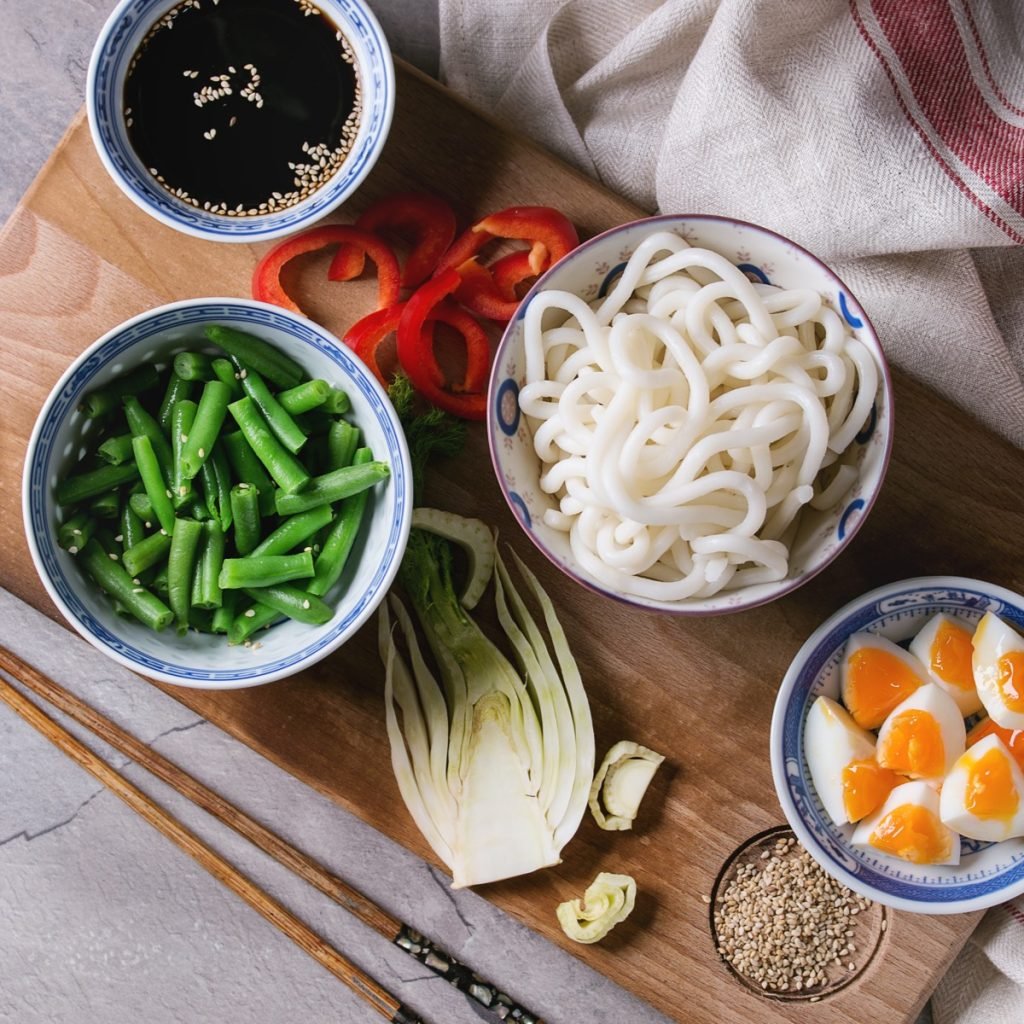
What you notice is their mise en place. Each station is fully prepped with all the ingredients necessary to make a particular dish.
All the meats, chicken, and fish are cut and de-boned; the fresh herbs for seasoning sauces are washed, cut, and separated into small bowls; the vegetables are sliced, diced, or julienned to the correct size, and everything is ready to go because when the show gets going, there is no time to go back and dice up some carrots. The show must go on.
We don’t see the hours spent during the day when prep chefs work hard to prepare everything for the evening event as many hours go into prepping for a typical night in a good restaurant as there are for actual cooking.
According to The New Professional Chef, mise en place:
“means far more than simply assembling all the ingredients, pots and pans, plates, and serving pieces needed for a particular period. Mise en place is also a state of mind. Someone who has truly grasped the concept can simultaneously keep many tasks in mind, weighing and assigning each their proper value and priority. This assures that the chef has anticipated and prepared for every situation logically occurring during a service period.”
Wow! A bit of mise en place could work in all our personal and professional lives too.
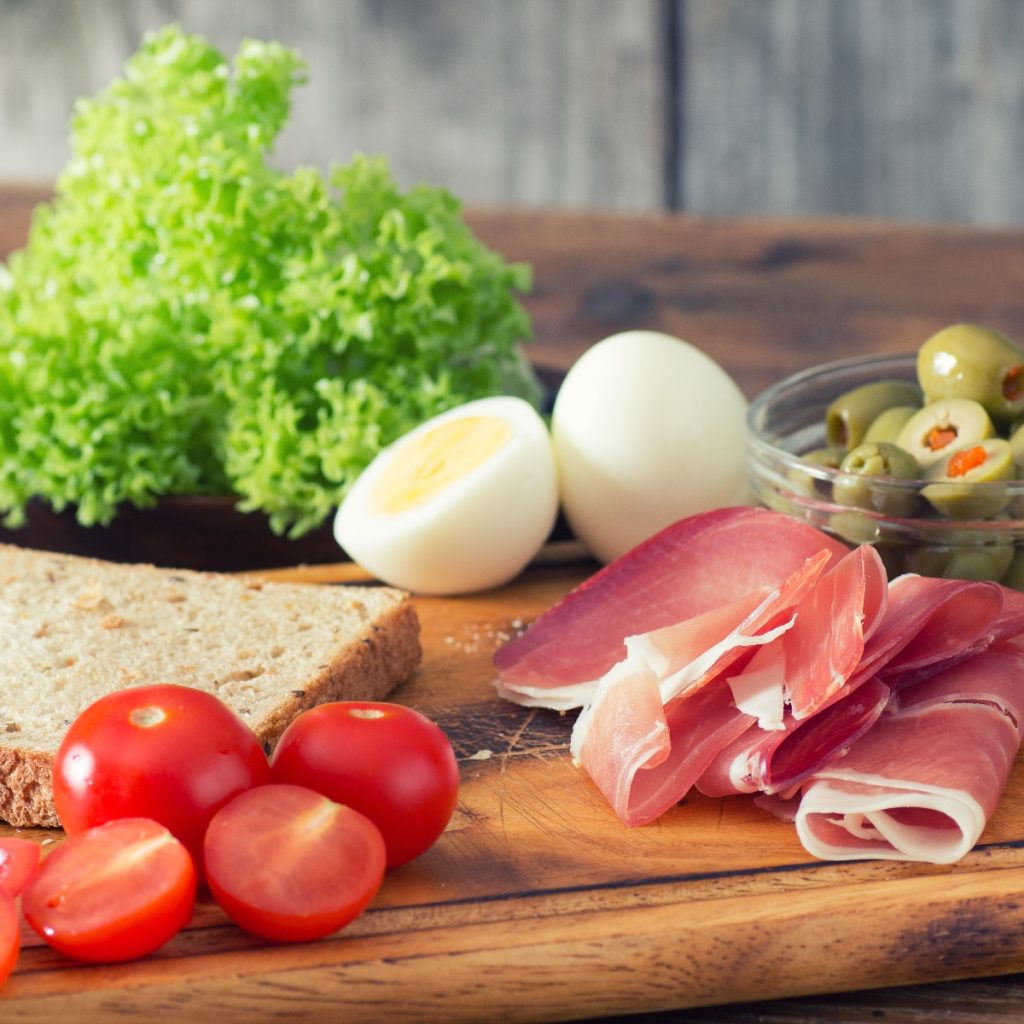
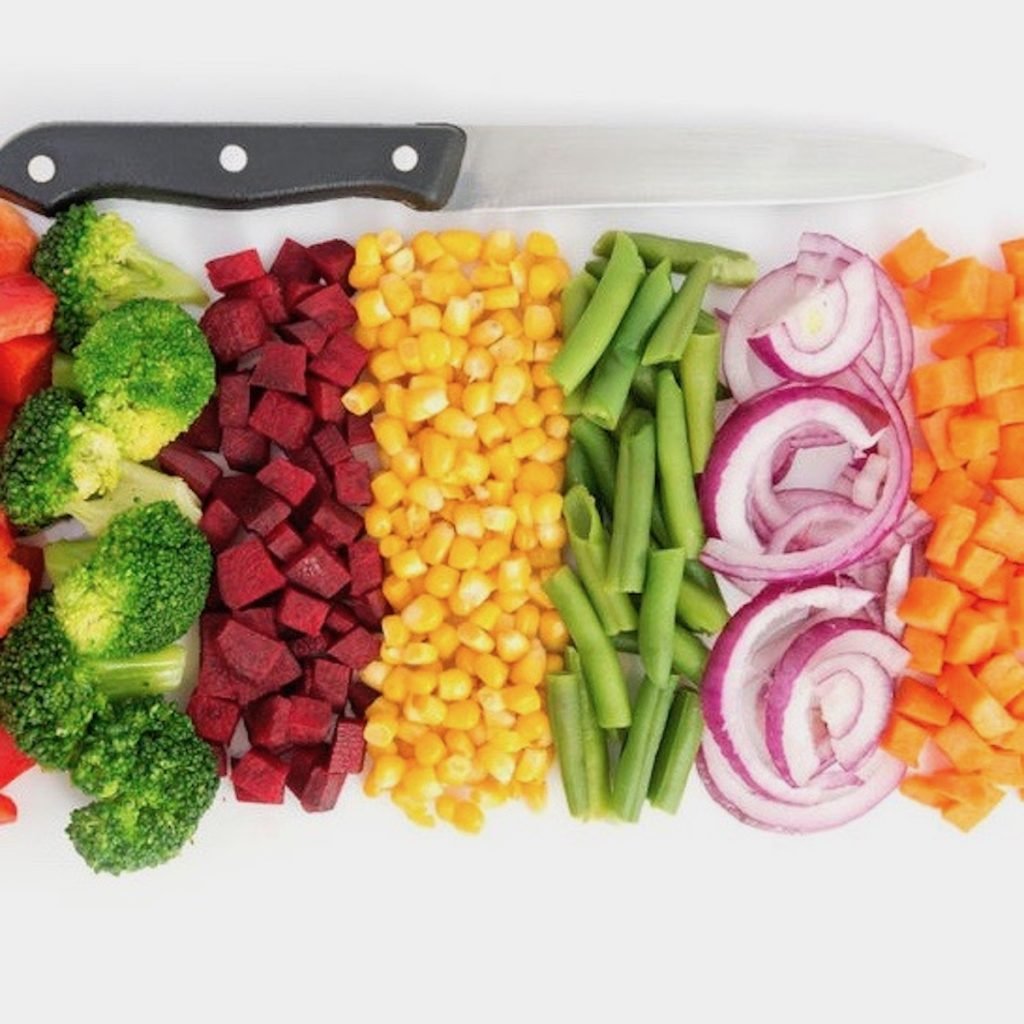

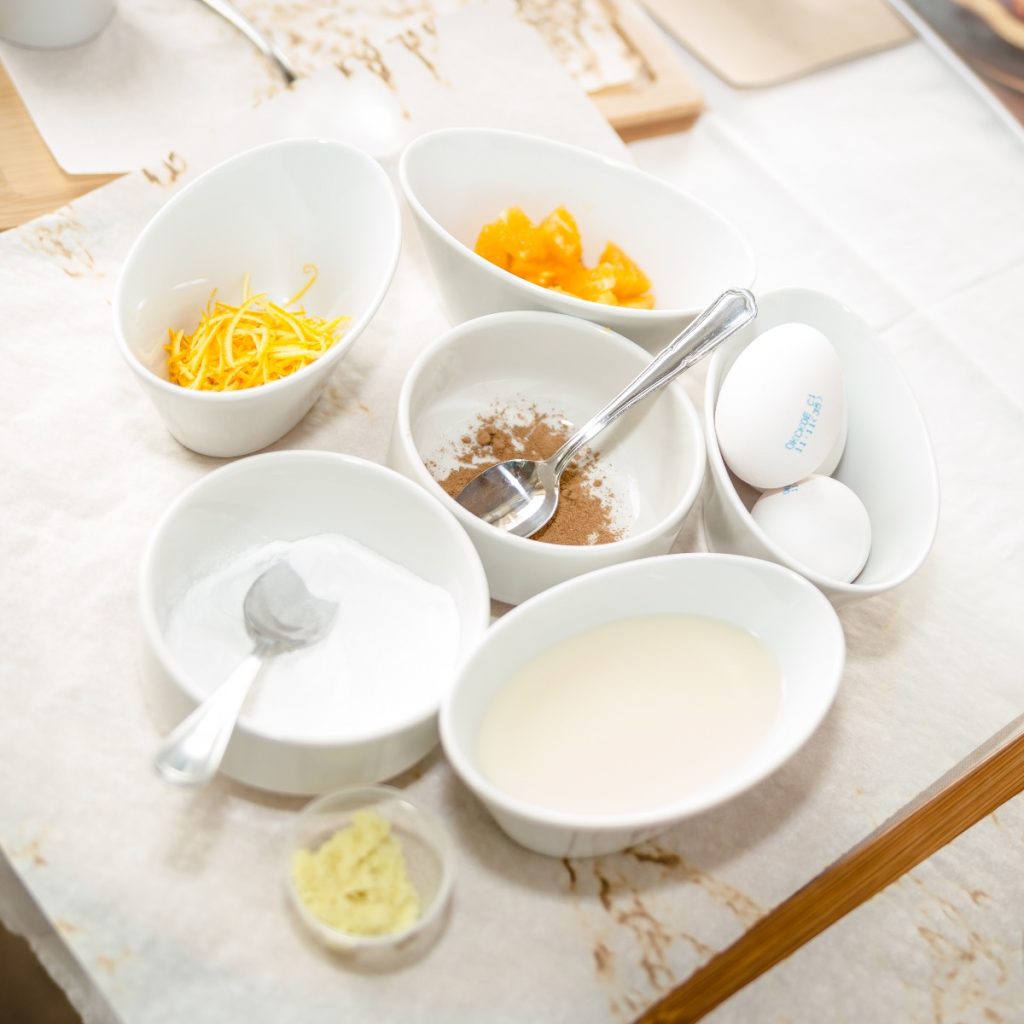
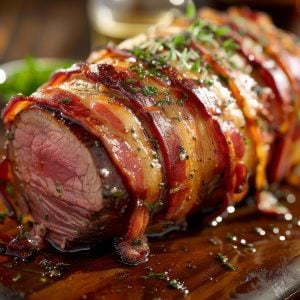
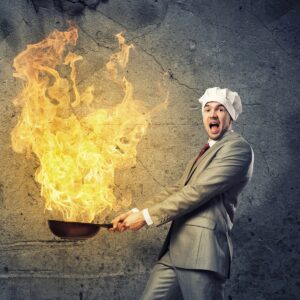
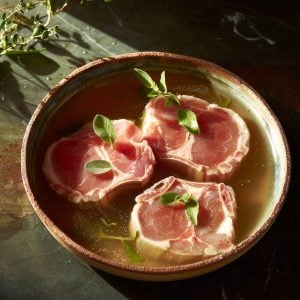
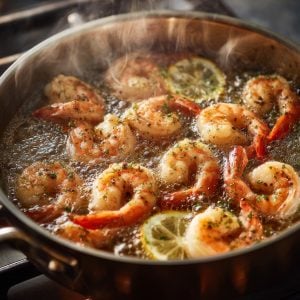
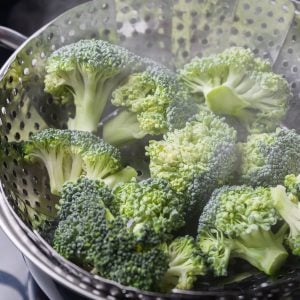
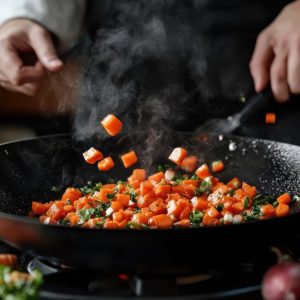
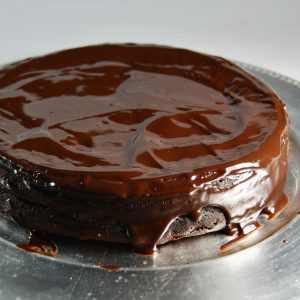
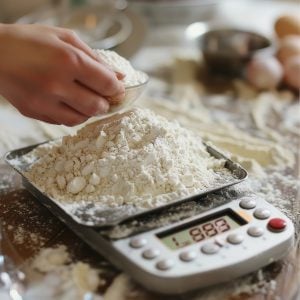
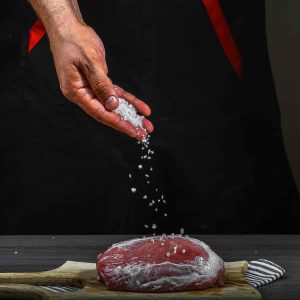


20 Responses
Excellent article and well written. As a kitchen manager and prep chef, the importance of mise en place cannot be over stated. Every point of this article hits home and is something I try and instill in both professional and home cooks alike.
Thanks for stating it so perfectly.
Sincerely,
Joshua “Shua” Boylan
Hops & Hominy
I really have just GOT TO start doing this! Just making a lemon loaf and after putting in oven and cleaning up realized I have left out the salt. A bit of pre-measuring would have prevented this error. It has happened many times. I will really try from now to mise en place! It even sounds good and impressive.
Excellent and well-written article. Having everything in place before one starts is critical. It amazes me how many times I have assumed we still had an ingredient and we were out and it did not make it on the shopping list. I am in the process of learning to plan on a weekly basis at home so I ensure all ingredients are at home and readily available. I have also learned some valuable lessons of having everything cut, diced and portioned in advance as the stove seems hotter and the time seems shorter when you are in the mix of it all. Thank you very much for investing your time in writing this great information. I found it very helpful.
Joseph F. Lahue
Call me the odd home cook but I just absolutely love having all my ingredients out and measured into small bowls (Dollar Tree little glass bowls). It makes me feel really good about what I am preparing. I love to cook and never mind prepping for hubby when he gets the notion to fix something. Great article.
I don’t find that odd either as a home cook. I am pretty sure my desire to get it together beforehand began with Thanksgiving when I was growing up.
It was a three person mission just to get the seasonings. Mom to yell them out at the last possible moment, me to dig them out of the fridge, and dad to chop lol.
As a result as an adult, I need to have the pieces together that can be together before I start cooking. ?
I really appreciated this article. I like to cook and learned through experience (and watching TV cooks) how they mise en place. I do it now = although I still screw up, but it is so much easier to have it ready. I still have problems when everything is ready and finished at the same time getting the food in the bowls without some stress.
An excellent article.
Garry Viele
I have been juice fasting and trying to improve my mise en place to cut down on the production time. It not only helps me stay efficient in the kitchen, when I set up the glassware I am going to serve from and set up my hardware, I can focus on the kind of flavor I am looking for, set the produce out and build my drinks from there.
good job
When I was a grade school age cook (in 4H), one of the very first things we were taught was to do a mise en place (though it wasn’t called that). Read through the entire recipe and be sure you understand it, assemble all ingredients, prep and measure, then you are ready to cook.
It’s a life long habit.
Firstly, most people don’t balance their checkbooks (checking accounts), let alone use checks anymore.
Aside from military efficiency, where I understand mise en place was adapted from, I’m reminded of any profession where one uses tools. The most efficient in any profession are those who are prepared.
Absolutely GREAT article! Turns out, I’ve been doing MISE EN PLACE my whole life, and just referring to it as my “kitchen prep.” Turns out that, for what I’ve been picked on and teased about from friends, family, and even my partner, as being OCD and anal-retentive, was just how I liked to cook; having one’s ingredients prepped, nearby and ready at hand just makes cooking less stressful and MUCH more enjoyable! Now, I am not a professional chef, but have cooked in restaurants before and learned how important “prep” was in the kitchen, and like every point the article made was a solutely right on. I just never heard the French term for my “kitchen OCD” before. Again, thank you for this wonderful article! I cannot wait to point it out the next time someone in my life teases me while they are enjoying my DELICIOUS meal, that came out all on-time and without stress! Who knew?
I’ve been working my way towards la mise en place for years without even realizing it! Taking inventory to make sure I have all the ingredients needed is first and foremost. If I am baking, I lay out butter and eggs and whatever else needs to be warmed to room temperature. Then I select what I need from bowls, pots, pans, etc. (I have trained myself to preheat the oven at that point if I am using the oven.) Then comes the chopping/mincing, measuring out of dry ingredients and so on. All of this is done on a kitchen table.
Still, something was missing… and then I read the current issue of Bon Appetit (April 2016) which suggests using a sheet pan for setting up the ingredients and introduced me to the lovely French term! When I googled the term, I came upon this excellent article and the comments, all based on real life experience. Thanks for treating this somewhat obscure topic, Reluctant Gourmet!
You are very welcome Virginia and thanks for your kind words.
This good post was high in Google results, and deserves it. The part I liked most was that not only should you have all your ingredients on hand and at hand before you start, but better still is to visualize what you’re going to do and when you’ll do it. This doesn’t matter so much when I’m baking cookies, but when I make a lemon meringue pie, there’s a lot going on all at once, blind baking the crust, whipping the meringue, and the pot of pudding on the stove starting to boil. It’s mighty hard to get things to come out right by just winging it.
This is actually not correct lol…. mise en plac means having all the utensils and preparation items ready for service…. it doesnt mean having all your ingredients mesaured out lol…
(source) been in the culinary arts industry for 12 years.
Christofer, thanks for sharing but I have to respectively disagree.
Is the phrase mise en place a rip off of the cinematic term mise en scene or the other way around?
I never knew that there was a name for this until recently.
It always made sense to me to read the recipe like 10 times so that I know exactly what steps to take, and when. To make sure that I had all of the ingredients (or substitutes that I like better). And to make sure that all of the veggies, meat and seasonings are ready to cook with.
As a home chef, I also make sure to have a dishpan of hot, soapy water to put my used bowls, dishes and utensils in after I’ve emptied them. I’ve actually done a full Thanksgiving dinner that way and had nothing left to wash except the table settings.
I’ve been making my cinnamon braid bread for over 46 years. I pretty much have this recipe committed to memory, but I use this same concept when making my bread. I count out all of the ingredients on my work surface. If I’m short I review the recipe. One day I didn’t do this & I forgot the salt. There was no adding it later. I had to toss out the dough & start all over.
Thanks for sharing this experience, Sue. So important, especially when baking.